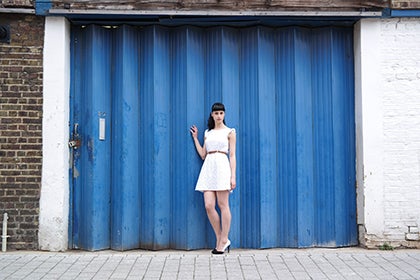The Samsung NX300 follows on from the NX210 and is the new flagship model in the company’s NX-series. Have the latest developments and improvements made it a better performing system? We find out in the Samsung NX300 review...
Samsung NX300 Review
Image Quality
Samsung NX300 review – Image Quality
A majority of our shots were taken with the Samsung NX300’s image quality set to Raw&Super Fine JPEG. JPEGs appear sharper than Raw files under close inspection and the latter would benefit from some additional sharpening in post-processing. The contrast boost that JPEGs receive is also very noticeable when the two are viewed side-by-side, however Raw files produce more detail in the shadows. We also identified that JPEGs are very fractionally richer than Raw files in terms of colour.
There was little to fault with the metering system other than it had a tendency to underexpose slightly when photographing bright scenes that contained a bright white background. To compensate for this we dialed in +1EV exposure compensation to produce slightly brighter results. The Samsung NX300’s auto white balance also put in a sterling performance and recorded faithful colours, with no signs of any colour cast. To read the NX300’s Raw files we opened images into Adobe Camera Raw 7.4.
ISO performance
Inspecting our images closely revealed the 20.3MP CMOS sensor produces superb levels of detail and we produced even sharper results when we swapped the 18-55mm f/3.5-5.6mm III lens for the new 45mm f/1.8. At ISO 100, the Samsung NX300 recorded 30 lines per millimeter on our resolution test chart – a very respectable performance for an APS-C sized sensor.
Studying our Raw files for noise after turning the sharpening and noise reduction controls off within Camera Raw revealed noise-free results between ISO 100-800. Noise creeps into images at ISO 1600 but doesn’t have a detrimental effect on the overall quality of an image unless you’re viewing at 100% or closer. At ISO 3200, colour noise is more evident, particularly in the shadows. This was quickly removed in Camera Raw by setting the noise reduction luminance slider to a value of 15 and the colour slider to 30. As the sensitivity is increased, more colour noise is evident. ISO 6400 is the limit at which we’d want to push the sensitivity for the fear of noise degrading the quality of images.





